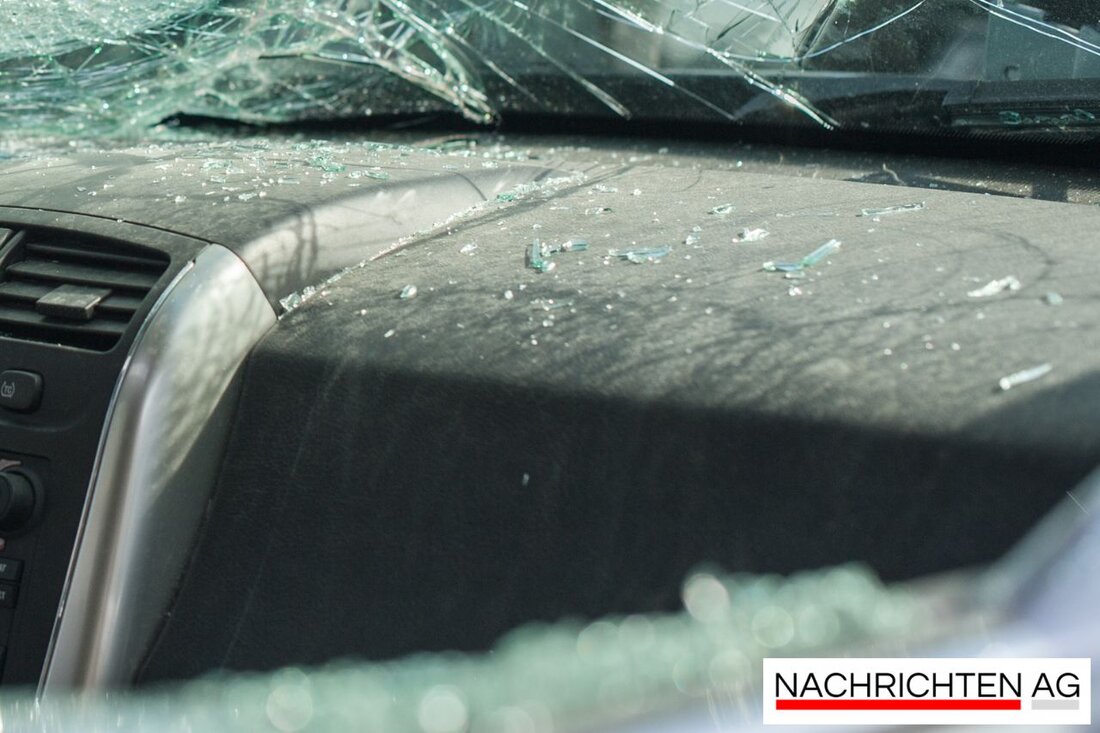Explosive danger! Traumatic chimney accident in Berlin-Neukölln
There was a fatal chimney accident in Neukölln that was caused by a deflagration. Security measures are essential.

Explosive danger! Traumatic chimney accident in Berlin-Neukölln
In a tragic incident in a single-family home in Berlin-Neukölln, a fatal explosion occurred on Monday evening around 7 p.m. The explosion was caused by a chimney, the exact cause of which is still being determined by police. In the accident, a 41-year-old woman died from her serious injuries, while another adult and a child were also seriously injured. In addition, three adults and three children suffered minor injuries. The blast wave from the Destroyer explosion destroyed several windows and caused significant damage to the house, without a fire breaking out, as [rbb24] reported.
Deflagrations caused by high temperatures and incomplete combustion are very dangerous and can occur quite unexpectedly. This type of explosion produces an audible “puff” sound, but is significantly less violent than a strong explosion. Historically, there have been several fatal cases in Germany due to similar incidents. An example is the death of a pensioner in Buchen due to a gas-powered radiant heater or that of a 73-year-old in Stutensee who died due to an improperly installed liquid gas heater. A particularly serious accident occurred in Eisenhüttenstadt in 2001, where five people died, according to [rbb24].
Safety measures to prevent deflagrations
To minimize the risk of deflagrations, some safety measures are recommended. This includes ensuring there is sufficient air supply when heating fireplaces and stoves and not using fire accelerants such as petrol or spirits. In the event of a chimney fire, you should never use water, but rather call the fire department immediately. In addition, only dry wood with a maximum of 15-20% residual moisture should be burned. Regular stovepipe cleaning and annual chimney and heater maintenance are also essential. It is advisable to take particular care when dealing with flammable vapors in the home. Breaks and leaky exhaust pipes can also lead to dangerous carbon monoxide leaks, as [WDR] highlights.
A carbon monoxide detector is strongly recommended to detect dangerous CO concentrations in good time. This should be installed in any room with combustion sources and mounted on the wall at eye level. In the event of an alarm, the following rule applies: open windows and doors, leave the building immediately and call 112. Carbon monoxide is invisible, odorless and tasteless and can cause serious health risks if not detected in time.
Health risks and long-term consequences
Carbon monoxide affects the body's oxygen supply by binding to red blood cells, which can cause a dangerous form of "internal suffocation." Symptoms of CO poisoning initially resemble a cold, which can lead to people being mistakenly treated with flu medicine or tested for COVID-19. In severe cases, poisoning can be fatal. Long-term effects are often unknown, but around a third of patients who are moderately to severely poisoned may develop cardiac dysfunction. In addition, 10% of those poisoned are at risk of suffering a heart attack within 56 months, highlighting the importance of precautionary measures. A carbon monoxide detector is therefore not only a recommended but also a necessary protective measure, as [Fire Brigade Association] emphasizes.

 Suche
Suche
 Mein Konto
Mein Konto
